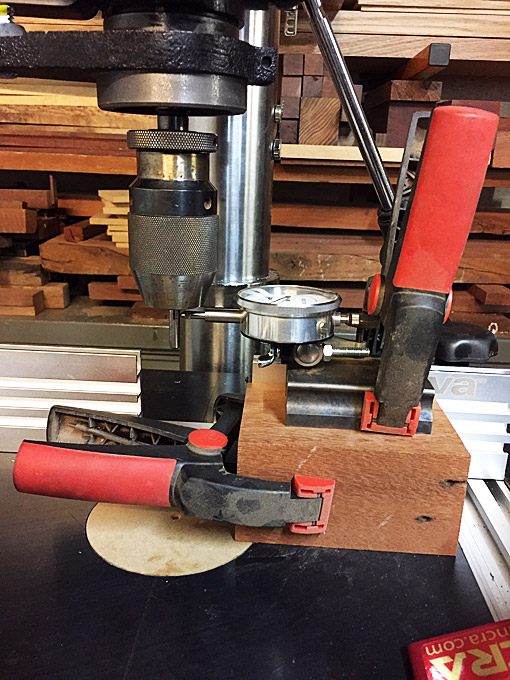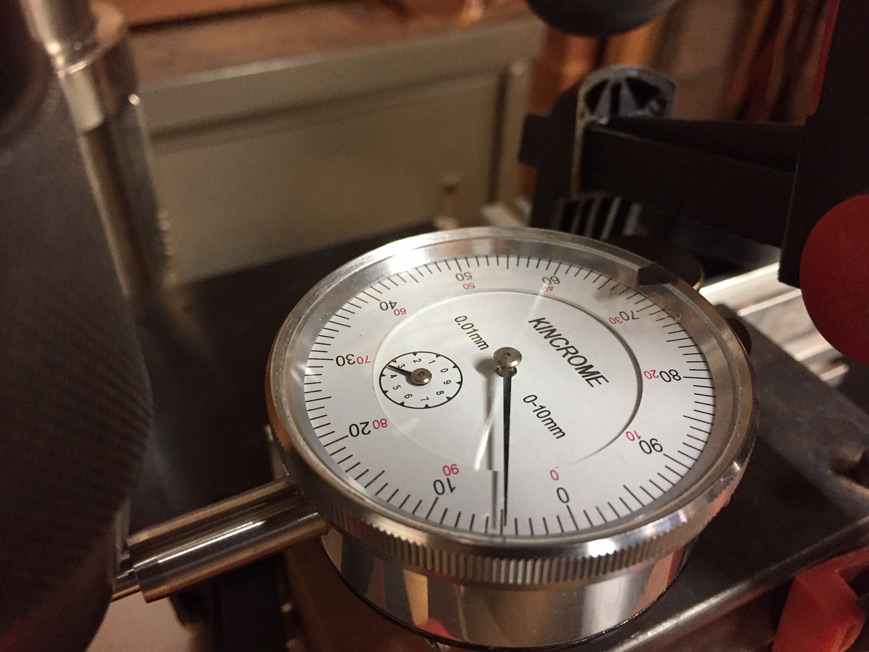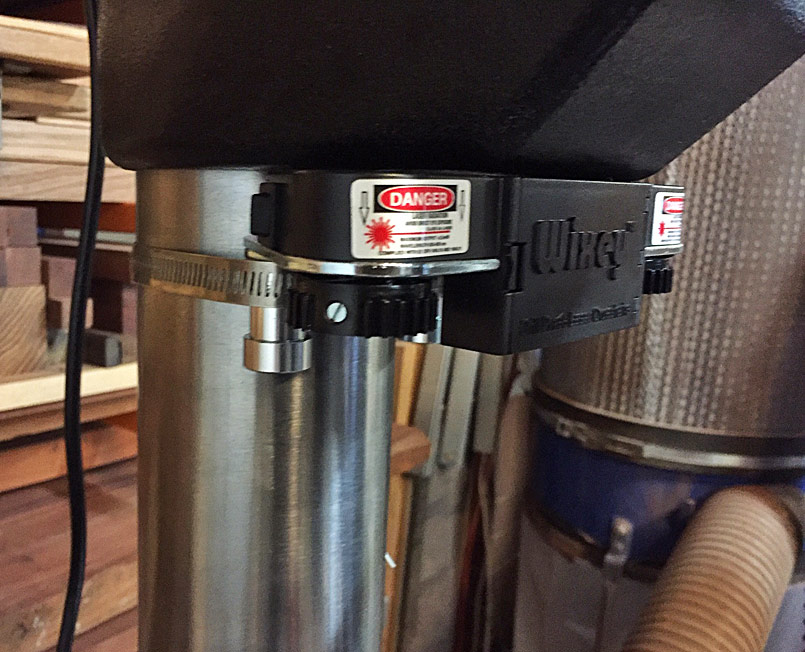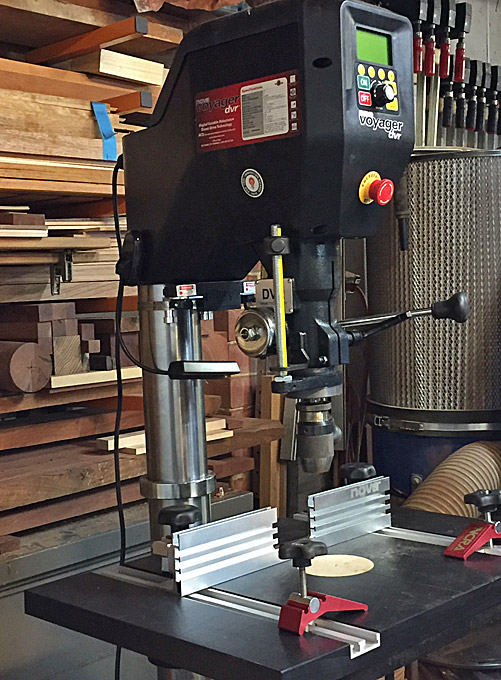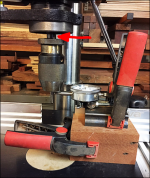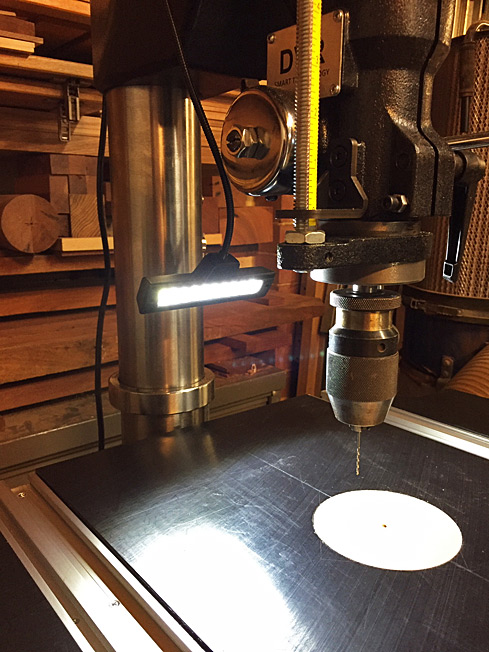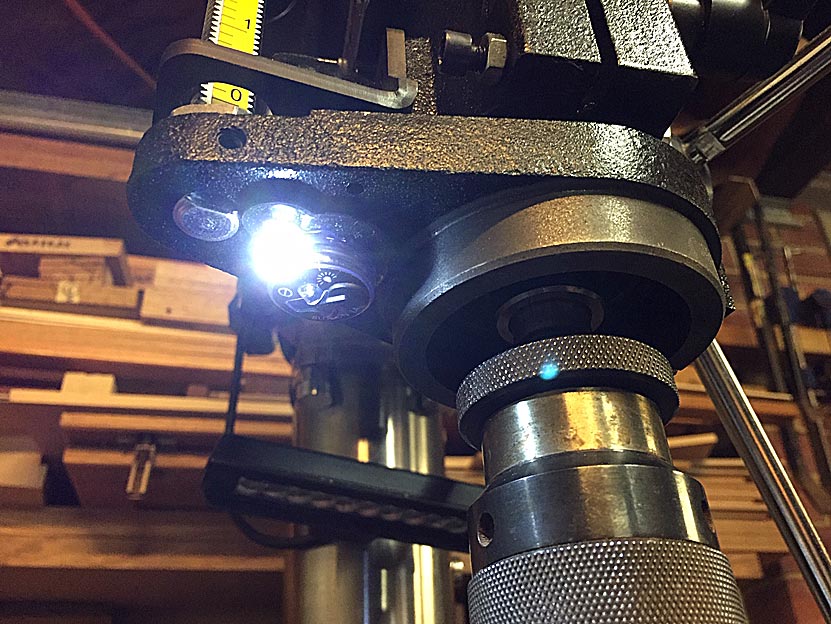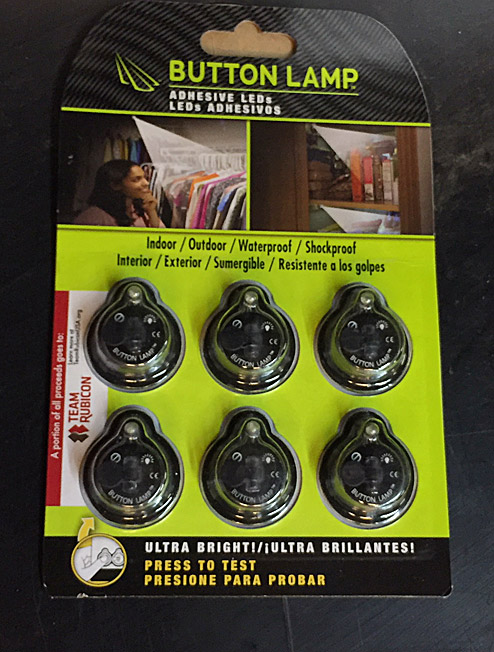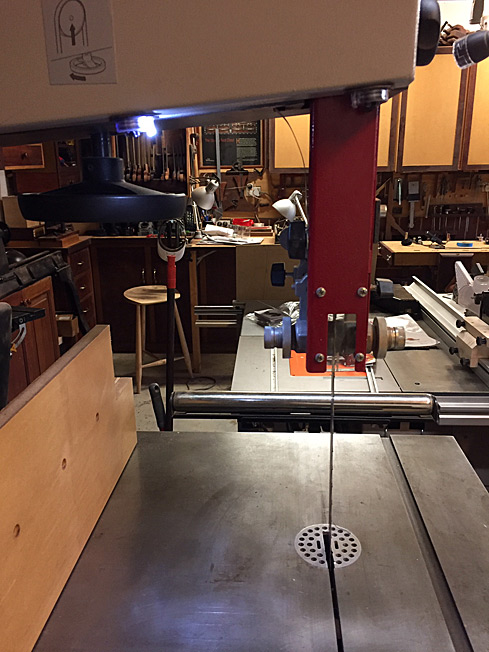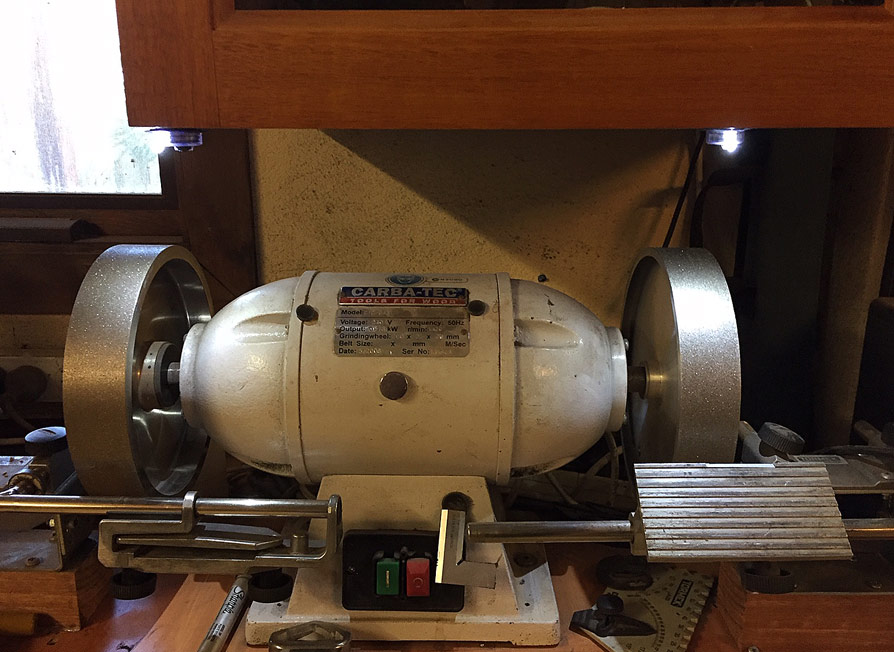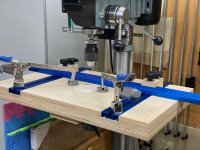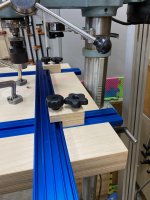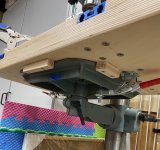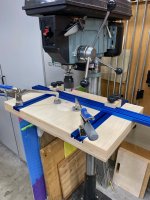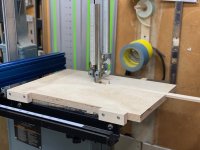Inspired by Derek Cohen [member=4358]derekcohen[/member], I designed and built a table for my old Delta Drill press.
I couldn't find a UHMW slab to use, so I used 3/4" baltic birch plywood. I like the Kreg bench clamps, so I decided to use the clamps along with the Kreg clamp tracks. They are designed to sit below 3/4" plywood, are very strong, and have dual T-slots to secure them. I glued up two layers of baltic birch plywood and used separate pieces between the tracks. The result is very strong and stiff.
I used one section of track cut in half for the top for the clamps. I took me a while to figure out I could use another piece as a fence with some attachments that I made. I think with some other brackets, I can also use the fence on it's edge if needed.
Here is how it came out:
[attachimg=1]
and a close up of the way the track are secured:
[attachimg=2]
I started out with a deeper table (w/ a notch for the drill press column), but decided it was too big and made it hard to raise the table. When I made is shorter, I realized that the tracks would extend over the edge. I thought about shortening them, but then noticed I can move the track further back, so I left them.
The table is secured to the drill press metal table with cleats and clamps. It is very secure and easy to remove. In the picture, you can also see the bolts that hold the track.
[attachimg=3]
I made a 4" diameter hole to have removable inserts. I did this with my OF1010 and a round circle template. Then made a circle cutting jig for my bandsaw to cut the 4" inserts. I now have enough inserts for a long while

Overall, I think it came out very well. Using the Kreg clamps and track was somewhat of an experiment, I haven't seen them used for a drill press before. The result seems very good. I really like the auto-adjusting feature of the clamps. A few more pictures below.
Bob
[attachimg=4]
[attachimg=5]

